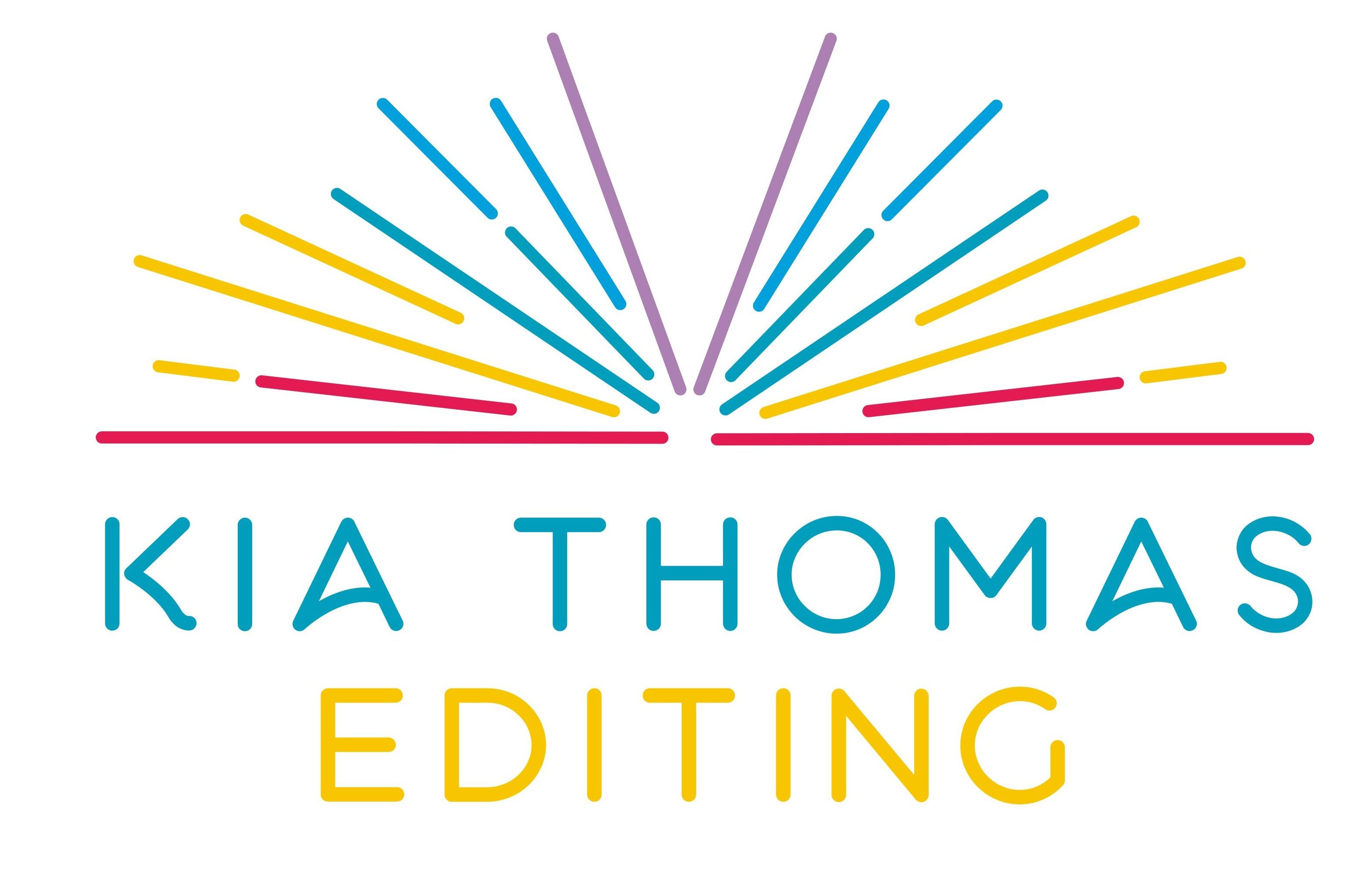I recently saw a writer ask what she should do to make sure her manuscript was as clean as possible before sending it to an editor. This is the type of question editors like seeing. Not because we’re lazy buggers who don’t want to put any effort in (to editing, at least. I freely admit to being lazy in many areas of my non-professional life) but because self-editing is a vital step in the publishing process, and authors who really take that seriously make great clients. The many things an author needs to look out for while self-editing depends on their own writing style, genre, personal blind spots, and a whole host of other factors. But if I could give just one piece of self-editing advice to fiction authors it would be this: make sure you know how to punctuate dialogue.
Dialogue is an important part of any novel, and in most novels there’s a lot of it, so if a writer is consistently getting the punctuation wrong, it can make a manuscript much harder to edit. Obviously, fixing errors of any kind is part of a copy-editor’s job, and we wouldn’t be in this game if we had a problem with that. But the trouble with dialogue punctuation errors in particular is that if they are made consistently, the number of changes in a manuscript can quickly stack up into the many thousands. And that makes editing harder – the error becomes expected, and your brain can be so busy looking for the error it knows is coming that it can start to miss the ones it doesn’t. A good editor will be vigilant against this happening, but it often means slowing down, and therefore costing the client more.
Now, punctuating dialogue can get tricky (and if you want an excellent guide to the nitty-gritty of just about every dialogue-punctuation situation you can think of, then I highly recommend Beth Hill’s excellent PDF Punctuation in Dialogue. Seriously, it costs 99 cents but is worth its weight in gold). But the good news is that the basics are pretty basic. The majority of dialogue situations fall into two camps:
The speaker is identified with a dialogue tag.
“The two words after the quotation marks are a dialogue tag,” she said.
He replied, “Dialogue tags can come before the dialogue too.”
“He replied”, “she said”, “Daphne shouted”, “the clown whispered” – all of these are dialogue tags. They assign the words to a speaker using a verb that demonstrates how those words are communicated (sometimes called a verb of attribution). They are separated from the dialogue with a comma. This is because you need both the dialogue and the tag to make a complete sentence – “she said” cannot stand alone.
Note that if the tag follows the dialogue and starts with a pronoun or article (i.e. something that isn’t an actual name), it is lowercased.
“But what do you do with a question or exclamation mark?” she asked.
Here you don’t need to worry about commas, but again, make sure not to capitalise pronouns, etc. – you haven’t started a new sentence with the dialogue tag.
The speaker is identified with something that isn’t a dialogue tag.
You don’t have to use a dialogue tag every time a character speaks. You can also let the surrounding narrative identify the speaker (sometimes you may not need to identify the speaker at all, but that’s something for another day). A lot of the time, some kind of physical action is used, such as “Jackson slammed his glass down on the table”, and this is often called an action beat. (You don’t have to use physical actions – internal thoughts and emotional reactions, for example, can also be used – but for now, let’s call all of those action beats, because the rules are the same.) Action beats differ from dialogue tags in that they are separate, standalone sentences.
“This is how action beats work.” The editor looked at her style guide.
The second sentence identifies the speaker of the first just through proximity. But the editor is not “looking” the words, so here we have two distinct sentences, separated by a full stop.
A little note: just to confuse you, there are some sentences which might seem very dialogue tag-ish, because they describe how the words are delivered, but they actually aren’t. For example:
Her voice dropped to a threatening whisper. “’Dropped’ is not a verb of attribution, so here we have an action beat, not a dialogue tag.”
“Dropped” describes what happens to the speaker’s voice, not the words themselves, so it’s a separate sentence that needs to be separated from the dialogue with a full stop. And I promise I don’t deliver my editorial comments in a threatening whisper.
Don’t worry – if you slip up with your punctuation now and again, or even often, no editor is going to think less of you (and if they do they’re a terrible person). But making sure you have a good handle on the basics can drastically improve the quality of your manuscript, which will make your editor, and maybe your wallet, smile.

Thanks for a great post. I am an editor who finds dialogue tricky (which is one of the reasons why I don’t edit fiction) and this is a really useful summary that I am sure I will refer back to.
LikeLiked by 1 person
This is great advice for writers, and a great article we editors can share with writers who want to ‘clean up their manuscripts’ LOL
LikeLike